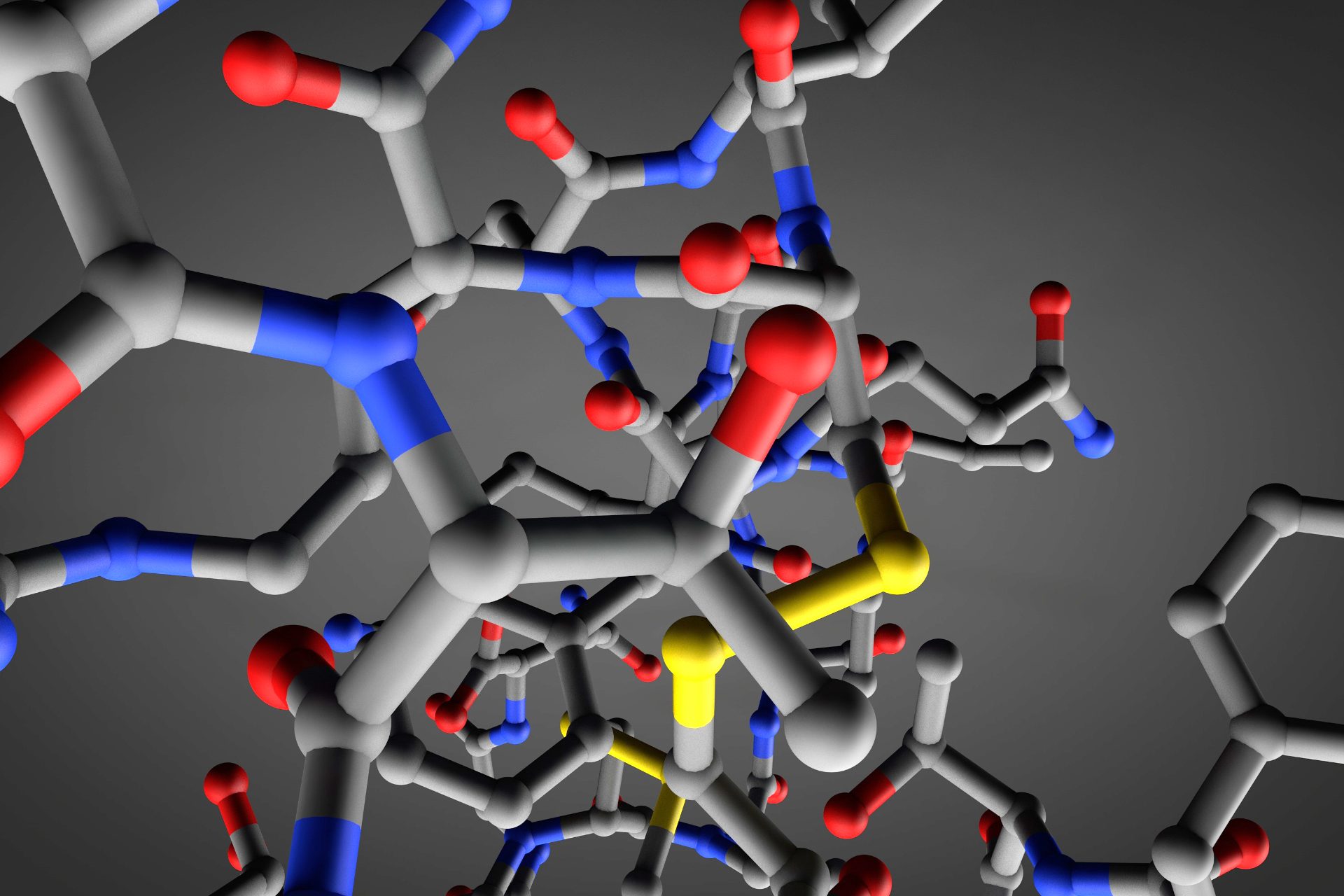

Vibrational circular dichroism (VCD)
Instrumentation
The PMA 50 is developed for polarization modulation in IR spectroscopy especially. It allows to perform both circular dichroitic (e.g. like in VCD spectroscopy) and linear dichroitic observations (e.g. like in an PM-IRRAS experiment). Polarization modulation is achieved by means of an integrated photoelastic modulator. The PMA 50 module can be controlled via Bruker’s INVENIO and VERTEX FT-IR spectrometers. All optical and electronic components are optimized for polarization modulation especially. In combination with a Bruker FT-IR spectrometer the PMA 50 offers an unmatched sensitivity and flexibility. The FT-IR spectrometer allows for all other applications still.
Method
The abbreviation "VCD" derives from "Vibrational Circular Dichroism". In contrast to classical IR spectroscopy in which absorptions spectra are recorded due to vibrational excitation with nonpolarized IR radiation, in case of VCD spectroscopy the difference in absorption from right and left circularly polarized IR radiation ΔA = AL-AR of optically active compounds is detected. All chiral molecules are optically active. Chiral molecules exist in two different mirror-inverted configurations which cannot become congruent by rotation. Such two configurations are called enantiomers. They behave like a right and a left human hand.
The interaction of chiral molecules and light shows different absorption for both enantiomers depending on the circular polarization of light. The absorption of right circularly polarized light AR and left circularly polarized light AL for optically active compounds is of different intensity. The difference ΔA = AL-AR is unequal to zero for all chiral molecules. This effect is known as circular dichroism.
In contrast the difference ΔA = AL-AR for all nonchiral compounds, e.g. racemic mixtures or isotropic molecules is zero which means the optical activity is lifted and no optical activity is present respectively.
In general VCD signals are recorded in transmission and the intensities range between 10-4 and 10-5 absorption units typically. From that point of view it is convincing that highest performance is needed with respect to the FT-IR spectrometer in order to obtain the necessary sensitivity. For that purpose Bruker offers the PMA 50. Combined with Bruker’s INVENIO and VERTEX FT-IR spectrometers an unmatched powerful and flexible system is formed.
Software
Measurements are controlled via the OPUS spectroscopy software which is used for the FT-IR spectrometer also. Calculation and normalization of the VCD spectra is performed automatically. OPUS offers a substantial package for data manipulation. For instance quantitative or qualitative analysis as well as a library search or even the build-up of an own library is implemented in a way very easy to use.
Sample preparation
In VCD spectroscopy samples are observed in transmission as a liquid (pure, solids in solution) or as a solid (suspension, pellet). Bruker Optics offers several liquid cells and a variety of window materials and spacers in order to acquire VCD spectra optimum. Naturally temperature controlled liquid cells are available also, e.g. for the observation of temperature induced changes in the conformation of proteins.